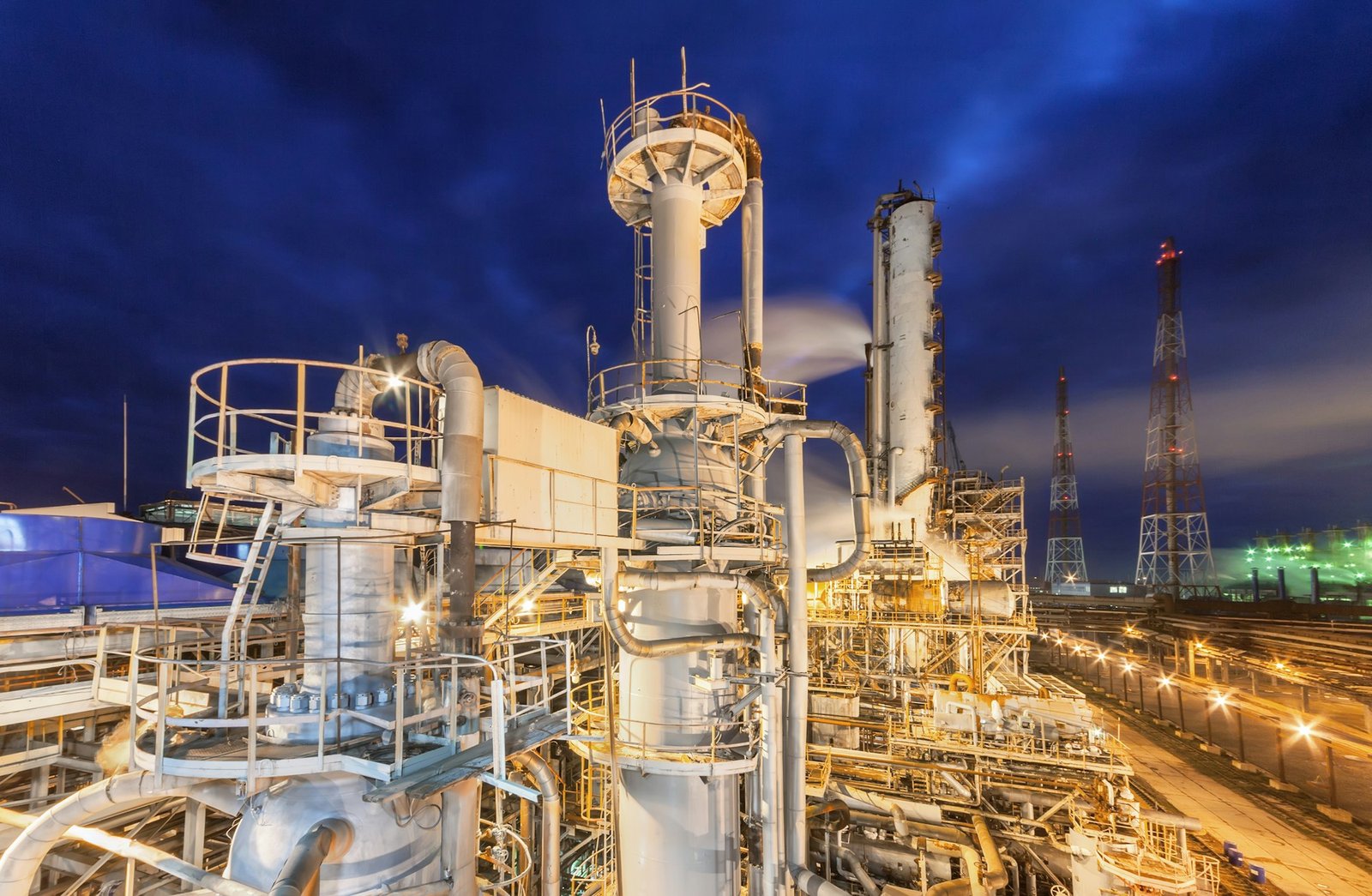Introduction
The chemical industry plays a pivotal role in the modern economy, providing the raw materials and components essential for nearly every other sector. This article explores the history and evolution of the chemical industry, offering a comprehensive overview of its current state, key trends, market segmentation, regional dynamics, competitive landscape, and future outlook. Understanding the chemical industry is crucial, given its importance in pharmaceuticals, agriculture, manufacturing, and consumer goods.
Market Overview
The global chemical industry has seen significant growth over the past few decades. As of 2023, the market size is estimated to be around $5 trillion, with a compound annual growth rate (CAGR) of roughly 4.5%. The industry is driven by technological advancements, increased demand for innovative materials, and the need for sustainable and environmentally-friendly chemicals. However, challenges such as regulatory pressures and fluctuating raw material prices persist.
Attributes Table
| Attribute | Details |
|---|---|
| Market Size | $5 trillion (2023) |
| Growth Rate | 4.5% CAGR |
| Key Players | BASF, Dow Chemical, Sinopec, SABIC |
| Segments | Petrochemicals, Basic Chemicals, Specialty Chemicals, Agricultural Chemicals |
| Regions | North America, Europe, Asia-Pacific, Latin America, Middle East & Africa |
Key Trends and Drivers
Several key trends and drivers are shaping the chemical industry:
- Technological Advancements: Innovations in chemical synthesis, automation, and nanotechnology are enhancing production efficiency and product quality.
- Regulatory Changes: Stringent regulations focused on environmental impact are pushing companies to develop greener and more sustainable chemicals.
- Consumer Preferences: There is an increasing demand for eco-friendly products and chemicals with reduced toxicity.
Segmentation by Type and Application
The chemical industry can be segmented based on type and application, reflecting its diverse range of products and uses.
By Type
- Petrochemicals: Comprising ethylene, propylene, benzene, etc., primarily derived from petroleum.
- Basic Chemicals: Including acids, alkalis, salts, and other foundational chemicals.
- Specialty Chemicals: Tailored for specific applications, such as adhesives, sealants, and specialty polymers.
By Application
- Agricultural Chemicals: Pesticides, herbicides, and fertilizers that support modern agriculture.
- Pharmaceuticals: Active pharmaceutical ingredients (APIs) and intermediates.
- Consumer Goods: Chemicals used in the manufacture of plastics, detergents, and personal care products.
Regional Analysis
The global chemical industry showcases regional variations in market size, growth rates, and dominant players.
- North America: Home to major players like Dow Chemical, with a market characterized by high technological innovation.
- Europe: Dominated by companies like BASF and characterized by stringent environmental regulations.
- Asia-Pacific: The fastest-growing region, led by China and India, with significant investments in petrochemical and specialty chemical sectors.
- Latin America: Growth driven by agricultural chemicals, with Brazil being a major market.
- Middle East & Africa: Known for its petrochemical industry, leveraging abundant natural resources.
Competitive Landscape
The competitive landscape of the chemical industry includes several key players:
- BASF: Leading in innovation and sustainability initiatives.
- Dow Chemical: A major player in specialty and performance materials.
- Sinopec: Dominant in the petrochemicals sector, leveraging China’s growing market.
- SABIC: A leader in the Middle East, focusing on petrochemicals and plastics.
Market Forecast (2019-2024)
The market forecast for the chemical industry from 2019 to 2024 is optimistic, with an expected market size of $6.1 trillion by 2024, growing at a CAGR of 4.5%. Key factors influencing future trends include advancements in green chemistry, increasing demand for specialty chemicals, and expanding applications in emerging markets.
Conclusion
The chemical industry is integral to global economic development, driving innovations across various sectors. It faces both opportunities and challenges, including the need for sustainable practices and regulatory compliance. Stakeholders should focus on technological advancements, market diversification, and strategic partnerships to navigate the evolving landscape.
Key Takeaways
- The chemical industry is vital for multiple sectors, with a market size of $5 trillion.
- Key players include BASF, Dow Chemical, Sinopec, and SABIC.
- Technological advancements and regulatory changes are major market drivers.
- The Asia-Pacific region is the fastest-growing market.
- The forecast predicts a $6.1 trillion market size by 2024.
FAQs
- What is the current size of the global chemical industry?
The global chemical industry is valued at around $5 trillion as of 2023. - What are the primary segments of the chemical industry?
The primary segments include petrochemicals, basic chemicals, specialty chemicals, and agricultural chemicals. - Which region is experiencing the fastest growth in the chemical industry?
The Asia-Pacific region is the fastest-growing market, driven by significant investments in China and India. - Who are the key players in the chemical industry?
Major companies include BASF, Dow Chemical, Sinopec, and SABIC. - What are the major trends impacting the chemical industry?
Key trends include technological advancements, regulatory changes, and shifting consumer preferences towards eco-friendly products. - How does regulation affect the chemical industry?
Stringent environmental and safety regulations drive the need for sustainable and less toxic chemicals, impacting production processes and costs. - What is the expected growth rate of the chemical industry?
The industry is expected to grow at a CAGR of 4.5% from 2019 to 2024. - What challenges does the chemical industry face?
Challenges include regulatory pressures, fluctuating raw material prices, and the need for sustainable practices. - What opportunities exist in the chemical industry?
Opportunities lie in green chemistry, specialty chemicals, and expanding applications in emerging markets. - What is the future outlook for the chemical industry?
The future looks promising with an expected market size of $6.1 trillion by 2024, driven by innovation and increasing demand for specialty chemicals.






